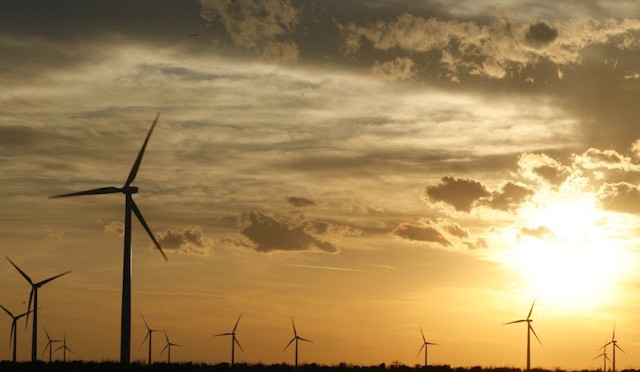Leader in wind power generation in Brazil since last May, when it already had 34% (1,230 MW) of national production, Bahía ended the first half with six new wind farms in commercial activity. Caititu 2 and 3, Corrupião 3, Carcará and Ventos de São Januário 20 and 21 are developments located in the municipalities of Pindaí and Campo Formoso, respectively 726 km and 401 km from Salvador, which increases the number of operating teams distributed to 171 for 20 cities in the state.
According to data from the Renewable Energy Reports of the Ministry of Economic Development (SDE), there are currently 54 wind farms under construction in Bahia, and another 70 about to be built. The forecast is that they will inject R $ 13.2 billion in investments in the state and will generate 53.2 thousand direct and indirect jobs. In the photovoltaic solar sector, 44 parks are about to start construction, with planned investments of the order of R $ 6 billion, and the possible opening of 21.2 thousand jobs in the construction phase of these plants. With the new wind farms, Bahia can reach 1.6 GW of installed energy in solar energy by 2024, and 7 GW of energy installed with wind turbines, in wind energy, by 2025.
The wind potential of the Bahian territory has helped attract investments of R $ 16.5 billion since 2012. The companies were responsible for the production of 4,750,311.04 MWh of electricity between January and May this year, according to the National System Operator . Electric (ONS).
The Secretary of Infrastructure of Bahia, Marcus Cavalcanti, celebrates the progress of the sector in the state. “Renewable energies are responsible for approximately 90% of the installed capacity to generate electricity in the territory of Bahia. By the end of 2020, two more wind projects will start operating in the municipality of Campo Formoso. The new parks are Ventos de São Januário 04 and 22 and will contribute to the consolidation of the state’s energy production ”.
“Bahia has become a locomotive for development in the country, and the renewable energy sector is one of those responsible for this scenario. In addition to national leadership in the sector, wind and solar farms, which are in operation in the state, have already created more than 55,500 direct jobs in the construction phase. In addition to generating jobs and income in the municipalities and having transformed the landscape in the semi-arid region of Bahia, renewable energies do not pollute and help to diversify the country’s electricity matrix, “says Lieutenant Governor João Leão, head of SDE.
Bahía also remains in first place in the ranking of solar generation in the country, with 29% (133,481 MW) of photovoltaic energy production, with 31 projects in operation, in which companies in the sector invested R $ 4 thousand million in the last eight years. .
According to ONS, the parks installed in eight municipalities produced 718,247.04 MWh of electrical energy from January to May 2020, 30.9% of the value generated by the photovoltaic solar source in Brazil, and would have the capacity to serve around 880 thousand houses
Preliminary data from the InfoMercado bulletin, published by the Electric Energy Chamber of Commerce (CCEE), show that in April, wind farms in the country registered an increase of around 17% in power generation, compared to same month last year. .
In 2020, the source was responsible for the production of 4,341 MW average, against 3,704 MW average in 2019.
The solar source also showed an increase in the period of 41%, to 680 MW average. The arrival of the dry period and the expansion of installed wind and solar capacity explain the behavior of sources in the month, explains Carlos Dornellas, manager of the Security and Market Information area at CCEE.
The Covid-19 pandemic caused a reduction in the consumption of electricity in the country by large sectors such as industry and commerce. However, the Ministry of Mines and Energy has forecasts that indicate a significant increase in electricity consumption of more than 4%.
This year, however, most branches of activity showed significant drops in energy consumption in the free market. The main contractions occurred in the vehicle (66.2%), textiles (47.6%), beverages (34.2%) and services (32%) sectors.
However, the segments in which consumption grew were sanitation (23.2%) and food (3.1%), percentages directly related to the migration of consumers to the free market. After eliminating the effect of migration, there is a slight increase in consumption in the sanitation sector alone, of 0.4%.


